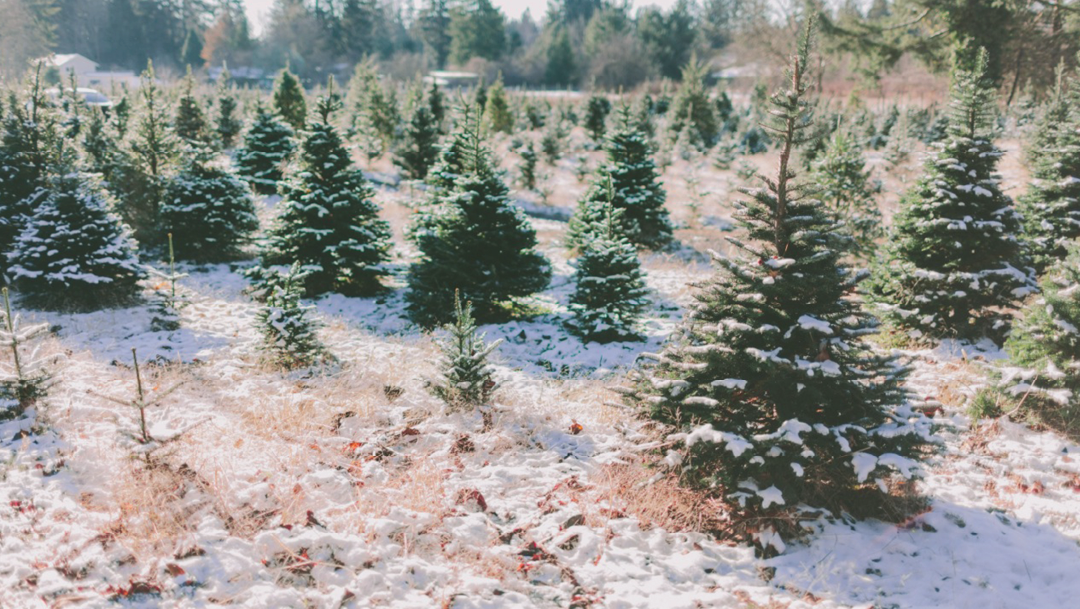

What impact do candles have on the environment?

Sources:
Environmental Protection Agency. (2022, December 3). Glass: Material-Specific Data. EPA. https://www.epa.gov/facts-and-figures-about-materials-waste-and-recycling/glass-material-specific-data
Facts & figures. National Candle Association. (2021, January 12). https://candles.org/facts-figures-2/
Orozco, D. S. (2021, Spring). Refinery pollutants and their effect on public health. The Public Health Advocate. https://pha.berkeley.edu/2021/04/11/refinery-pollutants-and-their-effect-on-public-health/
Share:
0 comments
Keep reading
-

Four Essential Holiday Cocktails (With The Perfect NOTES® Fragrance to Pair 😉)
Using two senses is better than one - which makes pairing flavors and scents so fun. These are the perfect cocktails to pair with each NOTES® holiday fragrance for your next December gathering or cozy night in. Trust us, you'll want to try them all -

The Environmental Impact of the Holidays
It’s finally December, which means it's officially time for festive chaos. Chances are, your to-do list is looking like a CVS receipt these days. With cookies to bake, family to see, projects to finish, and gifts to buy, a lot can go unnoticed this time of year. And while it’s all done in the name of fun and cheer, it can leave a pretty intense mark on the environment. In fact, the holidays leave one of the biggest carbon footprints of the entire year. -

8 Tips for a Greener Thanksgiving
As we prepare to gobble up a feast of gratitude and gatherings, it's important to understand that Thanksgiving can also generate a significant amount of waste. According to the Natural Resources Defense Council (NRDC), Americans typically throw away about 200...


